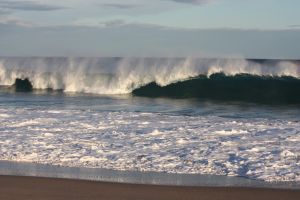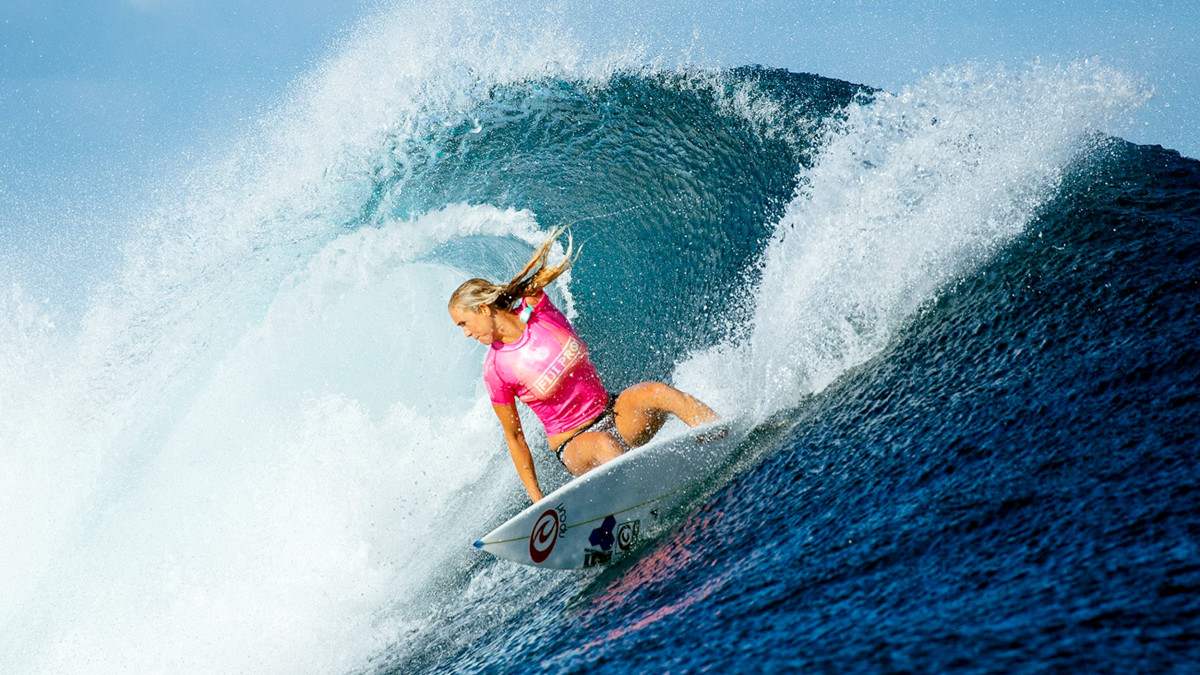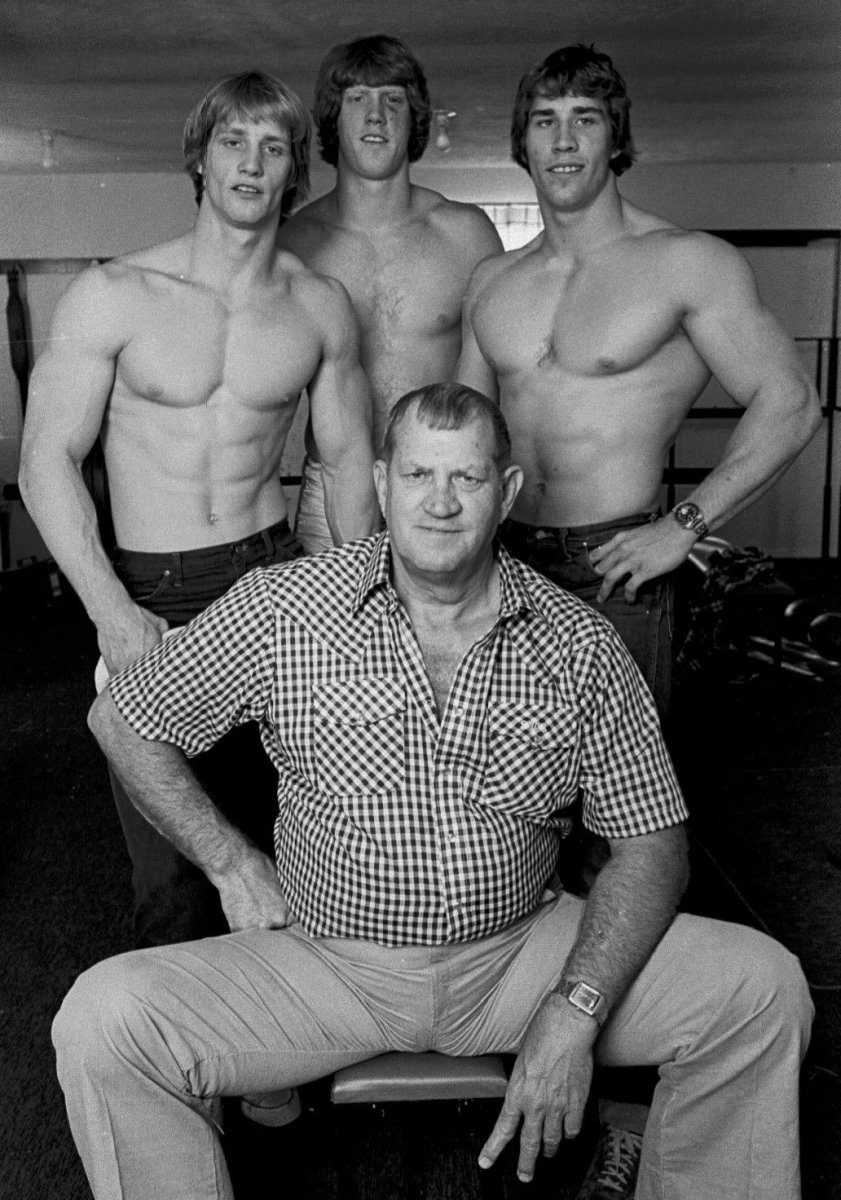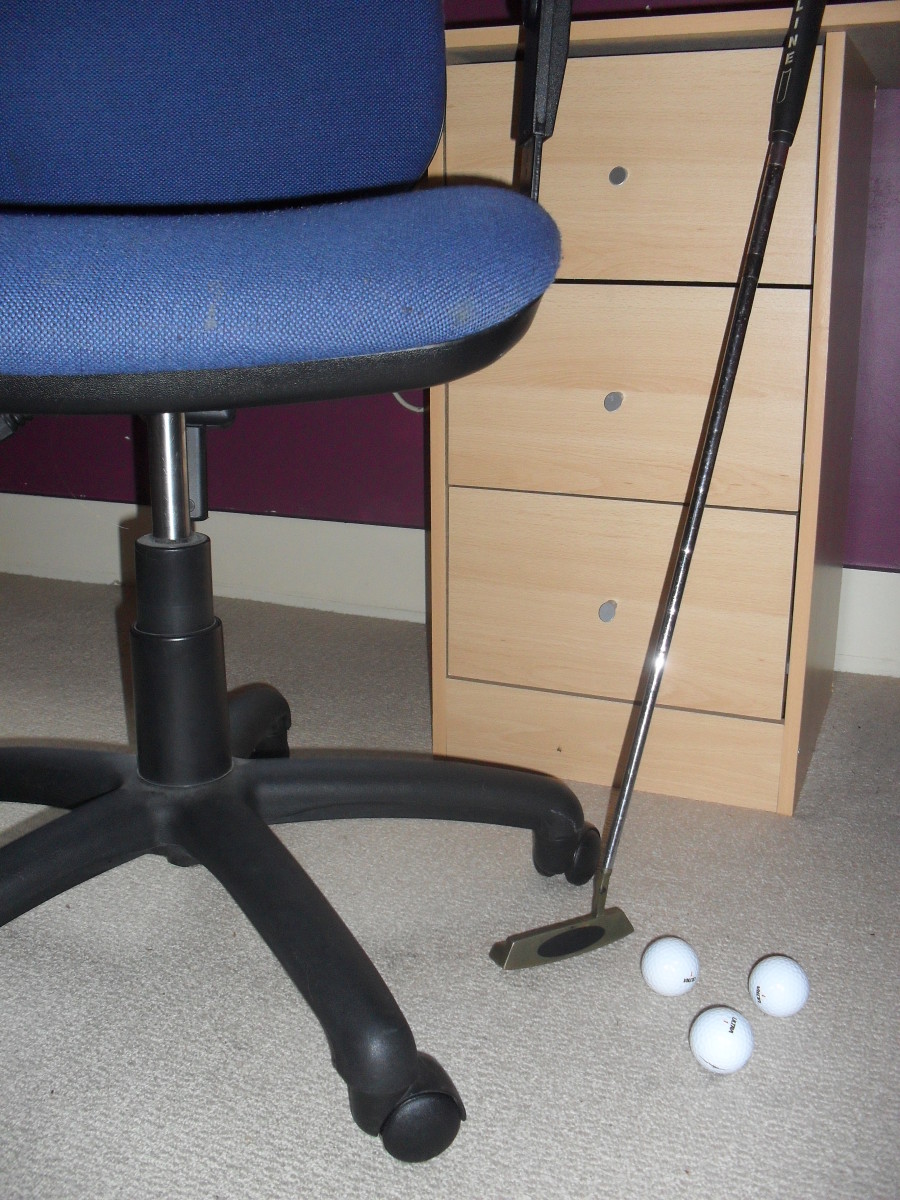Learn To Surf - Surfing Tips - The Things I Learned The Hard Way
Things I Learned The Hard Way When I Was Learning To Surf
When I was learning how to surf, I read several books, took a few surf lessons and then that was it, I just went out and surfed every chance I got. In my surf lessons and with the books I read, they covered the surfing basics, but there are several things I learned the hard way. Perhaps my instructor mentioned these things and I wasn't paying attention, but I suspect some of these things are just overlooked. Here I present to you Surf Traveler's "Surfing Tips - Things I Learned About Surfing The Hard Way". Or, why the hell didn't someone tell me this in the first place.
Surfing Tip #1 - Don't Wear a T-Shirt
What? I'll get skin cancer and die you freak. Hold on a second, I'm not advocating going out in the sun without protection. Get yourself a proper rashguard. A rash guard is a shirt designed especially for surfing. It fits tightly to your body (hey you can look hot and protect yourself from the sun at the same time). This tight fit is important because you don't want your shirt to come up and over your head in the event you wipe out. A rashguard comes with a tie down so that you can tie the shirt to your shorts. This is a good precaution to take to really help keep your surf shirt in place in the event of a wipeout. When a surfer wipes out and gets spun around under the water, it is referred to as going through the washing machine.
After I had been surfing for a couple of years and I would often just wear a t-shirt if my one and only rashguard wasn't clean or I forgot it at home which was more often the case. One day I was wearing a t-shirt and had a stupendous wipeout. While I was under the water, my t-shirt got caught up over top of my head. When I got to the surface, it was disorienting and hard to breathe through the wet shirt over my face. I knew another wave would be coming in soon. My wipeout placed me in the impact zone. I tried to pull the shirt over my head, but it got caught up and I ended up not being able to get it off or pulled back down before I heard the sound of the next wave closing out. I tried to get down under the surface, but didn't make it before the wave hit. That wasn't much fun. After getting the t-shirt back on, I paddled in and left the t-shirt on shore where it belonged.
Nowadays, I surf in Dominical, Costa Rica. The surf is heavy here and is a beach break. When you get caught in a close out when you're dropping in, you get whipped around a lot under the water. If you don't have a rashguard here, then you really should go out without a shirt, it is safer.
Buy Surf Leashes
Surf Tip #2 Surf Leashes Are Cheap
If you have an old surf leash you may find the velcro doesn't hold as well to your leg as it did when it was new. Also the part where the neoprene joins up with the velcro at the ankle is the weak link with these things. That is where I see them break the most. I once bought a very used surfboard and it came with an even more abused surf leash. In a heavy surf break the velcro would lose its stick and it would come off my ankle. This happened four times to me while I was out in the surf. I don't know what my problem was, why I didn't just go and get a new one. What a cheepskate!
A new surf leash is only going to cost around $25. It is your life line. When you are under the water, it is attached to you and to something on the surface that floats. That is rather reassuring sometimes. There actually is some debate about surf leashes in large surf of over 20 feet and whether they are more dangerous to the surfer, but for 95% of us, surf leashes make sense.
The leash finally broke at the joint where the neoprene joins the ankle velcro strap and I bought a new surf leash. The dumb thing is that I had to spend twenty dollars before that repairing some damage to the nose of the surfboard from one time where it had come off my ankle and hit some rocks on shore.
A Learn to Surf Website by Surf Traveler
Surf Traveler is the author of Surfhow.com. Whether you are a beginner surfer looking for information how to surf or a more advanced surfer looking for tips Surfhow is a great resource.
Surf Tip #3 - Keep Your Eye on the Surf Cord (the string that attaches your surf leash to the surfboard)
So you're now keeping an eye on the condition of your surf leash. While you're at it, don't forget to keep your eye on the surf cord. The surf cord is what you use to attach your surf leash to your surfboard. This too has broken on me when I have been out surfing. I now keep a spare in my surf bag and change it at the first sign of fraying. When you buy a new surf leash this cord (it's usually black) should come with it. The surf cord looks a lot like a heavy guage shoe string like you would find on a pair of hiking boots.
Surf Tip #4 - Pay a Little Bit More & Get Good Surfing Sunblock
When you are out in the surf, you are going to be getting water in your face constantly. You will be wiping your face. The Banana Boat or Hawaiian Tropic sun creams (make sure it is the sport type that is water-proof) are fine for your neck, arms and legs, but for your face you need to get the good stuff. If you are going to be out in the water for more than an hour, you really need to get some proper sun protection for your face.
I really like the Headhunter brand, it's not cheap but it protects and stays on. I buy the Headhunter Warpaint for my face and I also buy the Headhunter Face Balm for my lips. I can go out for over two hours and it protects me. I live in Costa Rica, so the sun is quite strong here and I don't get a sunburn when I put this stuff on.
Surf Tip #5 Fix Your Surf Dings
Those tiny little dings might not look like much, but go out just a few times with them and you are going to damage and weaken your surfboard. Most of the dings are small and you can fix them yourself so there is no reason not to fix them. The tube of ding repair costs less than ten dollars and it only takes a few minutes to do the repair. You can do the repair and be surfing in the same hour, so don't be so lazy or you will pay the price later when your surfboard becomes a weakened waterlogged tanker. If you don't know how to do it, just click here: Repair Small Dings in a Surfboard.

Surf Tip #6 - Big Things Come in 3's
When you are sitting outside and you see a large close out set coming in that you want to paddle out to avoid, do not paddle just hard enough to get over the first incoming wave. The next two are almost always bigger. It's human nature to kind of just paddle as hard as we need to, to clear the wave. The problem is, if these are big waves and you just clear that first one, you might not clear the second one, and you most likely won't get out past the third wave before it breaks. So when you see that big close out set, paddle hard and keep paddling hard till you've cleared the first wave, then you'll know what shape you're in for the next waves in the set.
They don't always come in 3's. Sometimes 5 or 8 :)
Other Surfing Articles by Surf Traveler
- Learn to Surf How to Stand Up on a Surfboard
A detailed lesson with a video of how to stand up (pop up) on a surfboard. The first thing you will need to do is determine your surf stance. Are you a goofy foot or a regular stance surfer? To determine your surf stance..... - Learn to Surf Can I Paddle Faster on a Shortboar...
Can I Paddle Faster on a Shortboard? This is a question I often hear from beginning surfers. A shortboard is lighter and easy to maneuver, but it is less bouyant and ...









